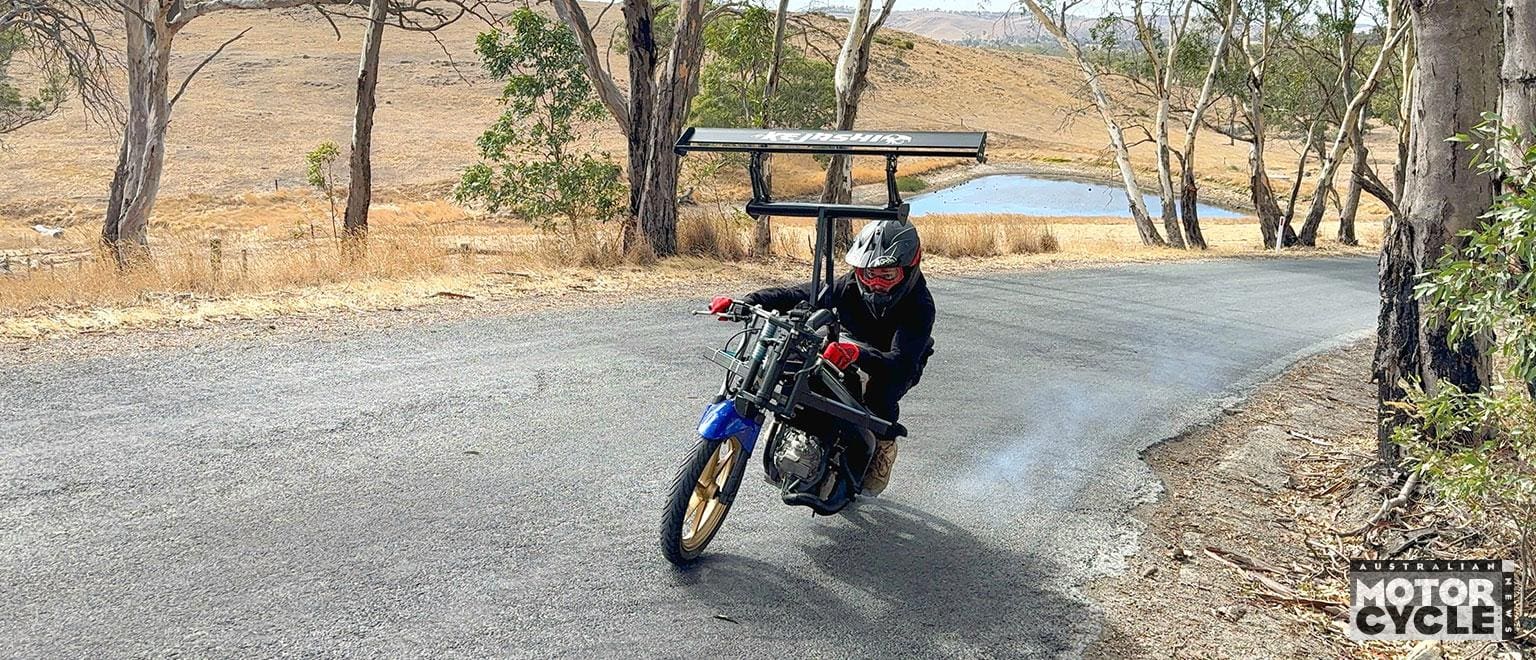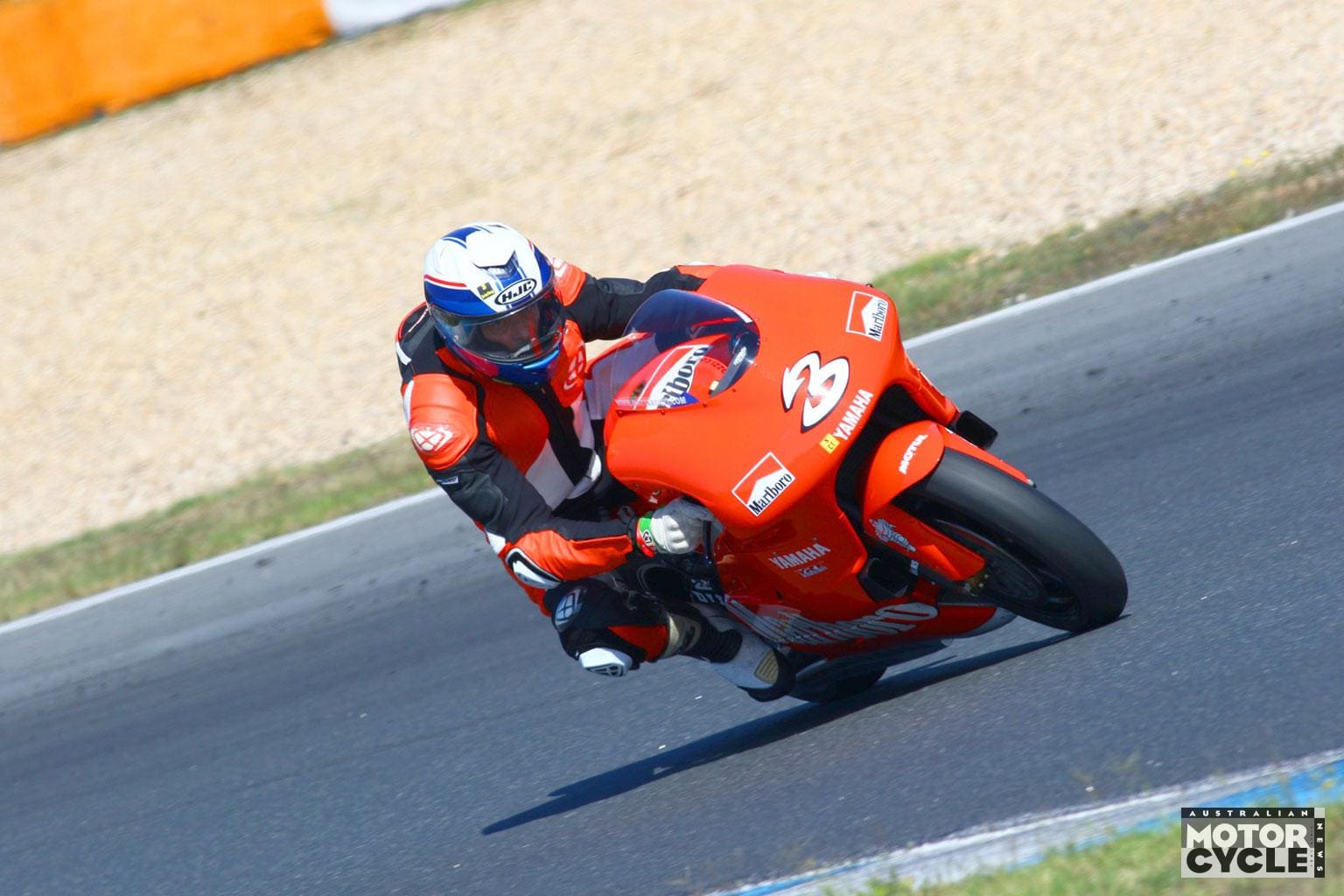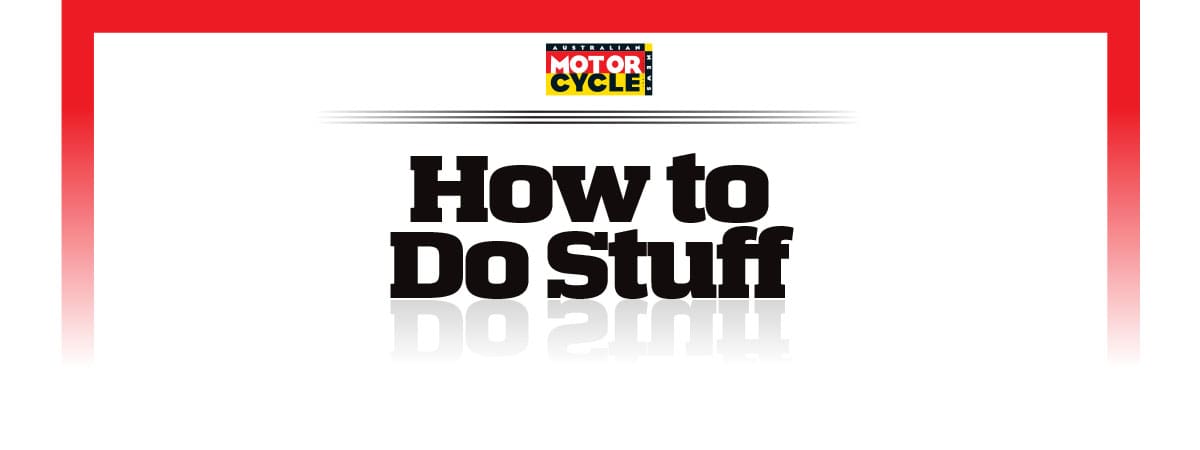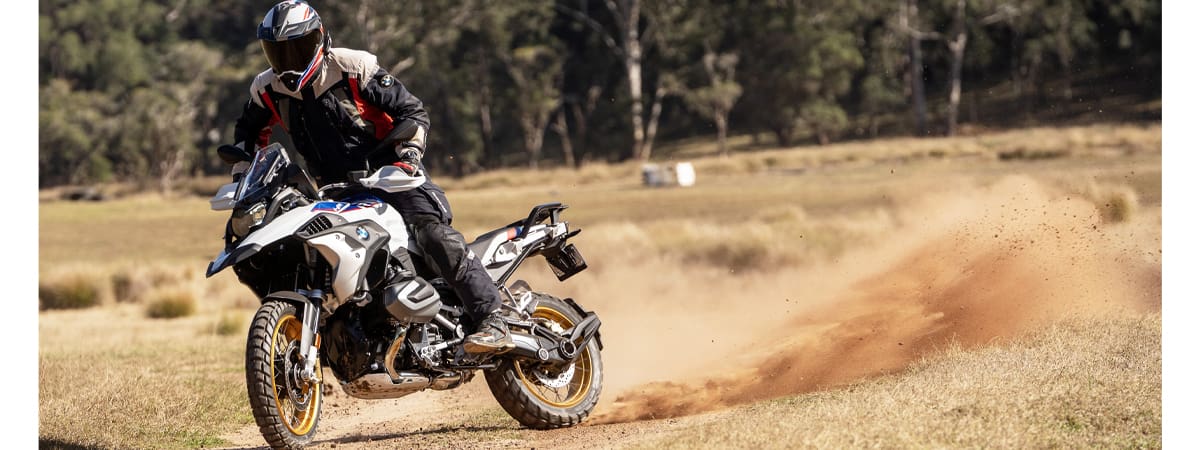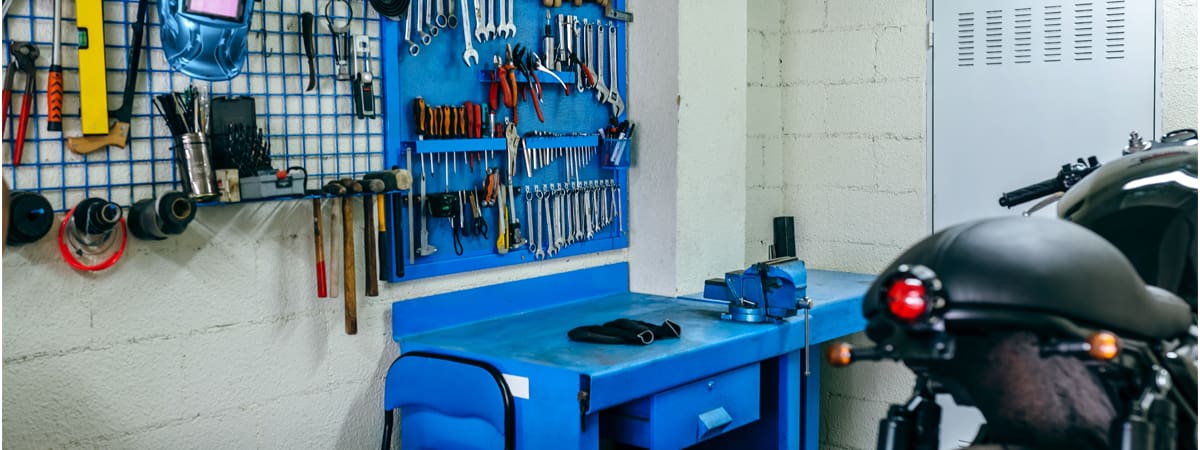1
Wrecked bikes are received from several sources: overseas, auctions, and privately. The first step is for the engine number and VIN to be run through a REVS check online.

2
When the bike arrives, staff verify the engine number and VIN. They also take a photo for later reference, as well as for advertising. The motor is test run and the condition and general mileage is recorded and written on the engine case.

3
The bike and supplier details are recorded in a “Police Book” which includes all major components such as engine, chassis, wheels and dash. This book has to be updated as parts are sold so that the authorities can track parts later if it becomes necessary.
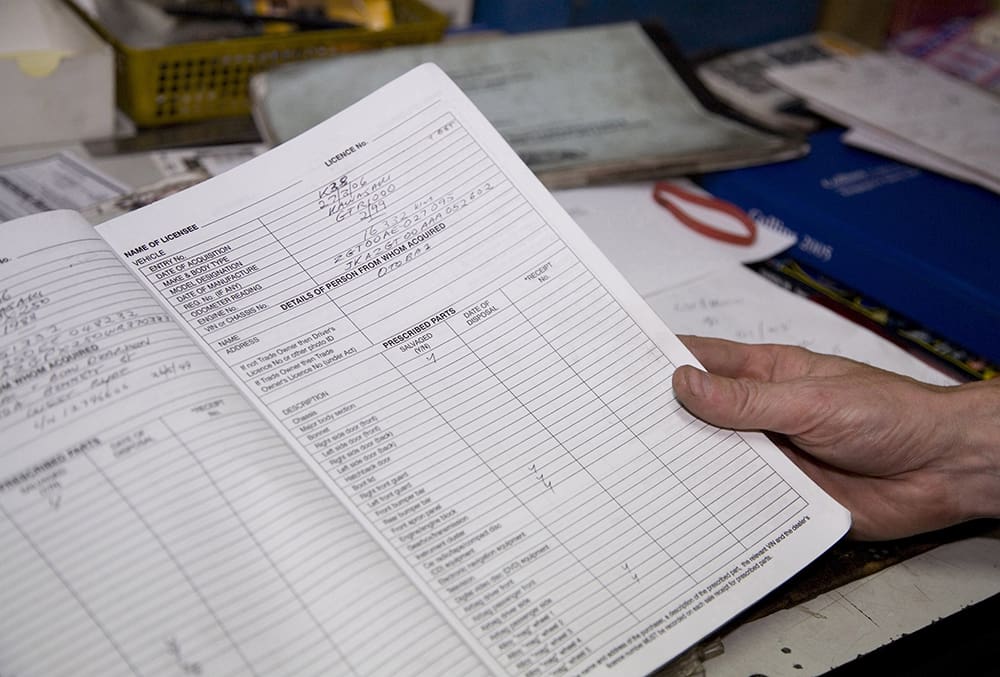
4
The bike/parts are advertised and the wreck is stored as a complete unit to make it easier to locate and retrieve parts as enquiries are received.

5
When a motor or chassis is requested the bike is taken to a workshop area where all the major surgery is carried out.

6
The engine is put on the bench where it can be checked or dismantled further into a series of smaller components.
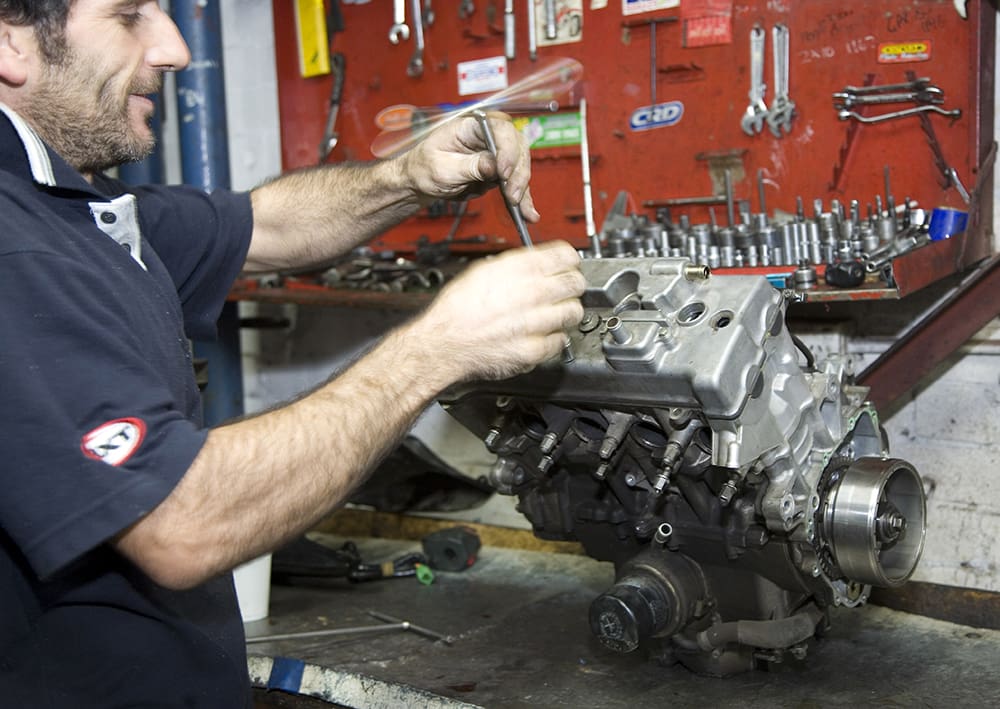
7
The remaining bike parts can then be separated, marked with some form of identification, and stored in racks or crates with similar items in designated storage areas.

8
Engines which are placed in racks are marked with a tag which includes a cross-reference to the Police Book. The type of motor, condition, and mileage is also recorded on the casing.
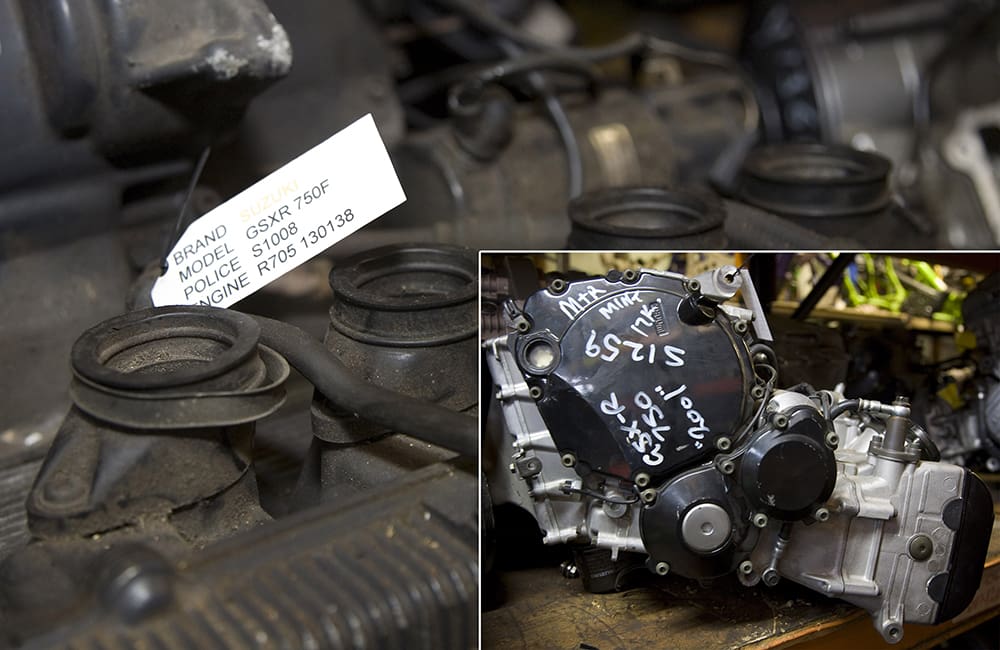
9
Related items are stored as assemblies wherever possible. Small parts can then be “ratted” on request from these assemblies when only a single component is required.
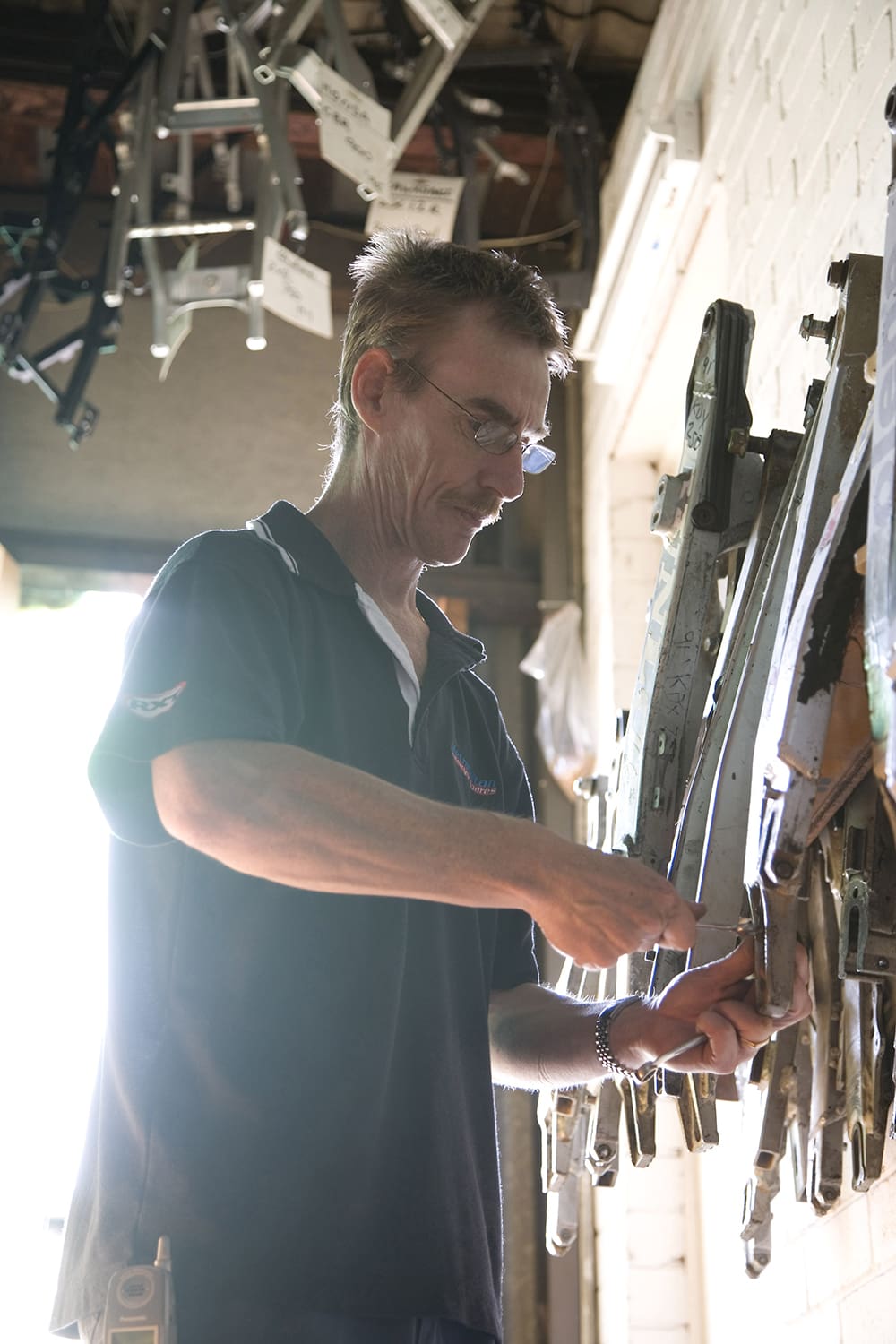
10
It’s a good idea to ring ahead as some items can take time to locate. Make sure you have the make, model, and year of manufacture for the part you’re after. At the counter make sure you check that it’s the right part and that you’re happy with the condition it’s in.

Thanks to the staff at Metropolitan Motorcycle Spares, 90 Silverwater Rd, Silverwater, NSW 2128. Phone: (02) 9748 7400
TEXT & PHOTOGRAPHY Tim Munro
